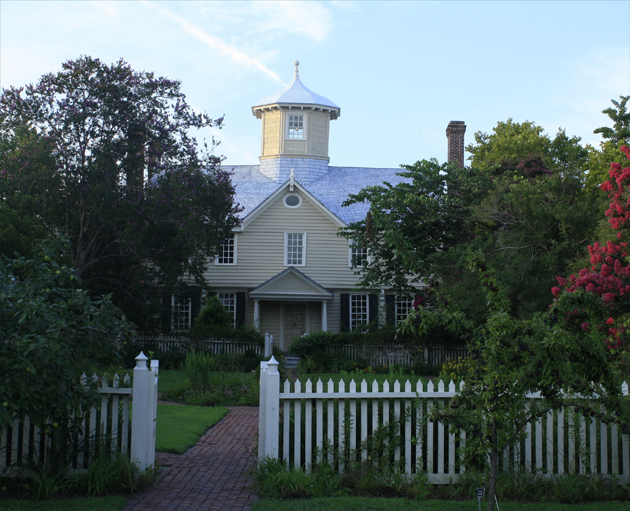Publisher's note: We believe the subject of history makes people (i.e., American people) smarter, so in our quest to educate others, we will provide excerpts from the North Carolina History Project, an online publication of the John Locke Foundation. This eighty-eight installment, by Dr. Troy Kickler, was originally posted in the North Carolina History Project.
RALEIGH - After the English Civil War, in 1660 King Charles II was restored to the throne, and the crown rewarded its political allies with vast tracts of land in British America. Eight tracts were bestowed to eight lords proprietors in Carolina (later divided into modern-day North and South Carolina).
In 1729, the heirs of seven of the eight lords proprietors sold the lands back to the crown. The holdout was the heir to the Earl of Granville. His tract contained roughly what is now the upper half of North Carolina.
Francis Corbin of Chowan County was the second Earl of Granville's land agent from 1744 to 1759. Granville's land agent held an important, influential, and often respected position, including a position on the royal governor's council.
Prospective property owners traveled to Edenton to talk to Corbin, who had built and used the Cupola House as his office. The candidates included Bishop August Gottlieb Spangenberg, who discussed purchasing a Piedmont tract for Moravians. The settlement later became known as Wachovia.
 The Cupola House in downtown Edenton, NC: Below. photos by Stan Deatherage Click the images to enlarge.
The Cupola House in downtown Edenton, NC: Below. photos by Stan Deatherage Click the images to enlarge.
During Corbin's tenure, however, especially in his last years as land agent, he faced accusations of malfeasance. He and his co-agents, the allegations went, had condoned false surveys, charged excessive fees, and knowingly granted identical tracts to more than one grantee.
Many in Edgecombe County and the newly formed Halifax County did not consider such actions sloppy bookkeeping. They deemed it a corrupt, duplicitous way to gain wealth.
Eventually, a formal reprimand and investigations occurred. In 1756, Lord Granville, Corbin's employer, warned his office to stop dishonest business operations. But land agents continued as usual, leading farmers to petition the Assembly. The body established an investigatory committee that found Corbin's office guilty of irregularities.
Even so, Corbin walked away without censure. Many believed that the land agent influenced the Assembly by bribing some assemblymen. At least Royal Governor Arthur Dobbs thought so.
In January 1759, approximately 24 men - many of them substantial property holders - detained agent Joshua Bodley and kidnapped Corbin and hauled him back to Enfield in Halifax County. They interrogated the two men. No bodily harm was inflicted, but under duress, they agreed to do three things: The land agents promised to appear in court to make whole those who had been duped and cheated in their previous land grant schemes; they pledged to establish a proper protocol for all future land dealings.; and the two signed a statement purportedly acquitting the rioters of any wrongdoing by kidnapping them.
The rioters were unable to "prosecute" another land agent, John Haywood. Corbin's subordinate had died shortly before the Enfield Riot. Skeptical rioters, with shovels in hand, needed proof, so they dug up Haywood's gravesite until they reached the man's decomposed body. Only then did they believe Corbin. (Later, the rioters were charged with grave desecration.)
The rioters had taken matters into their own hands. In fact, a judge, William Hurst, was one of the rioters, and, for some, as historian Wayne Lee points out, his presence added legitimacy to the event. Others in the Assembly considered the whole matter to be the product of a "sham jurisdiction."
Soon after the incident, in 1759 Lord Granville relieved Corbin and Bodley of their duties, and the following year, Dobbs removed Corbin from the council. Even so, Chowan countians elected Corbin to the Assembly, and there he continued to be a nemesis of Dobbs.
The Assembly soon turned the charges used against the rioters into allegations against the royal governor. Corbin more than likely played a role in this turnabout, as the legislative body alleged that Dobbs approved of and failed to quell the Enfield rioters' "insurrection."
For more information on the Enfield Riot, see Wayne Lee's Crowds and Soldiers in Revolutionary North Carolina (2001).


























